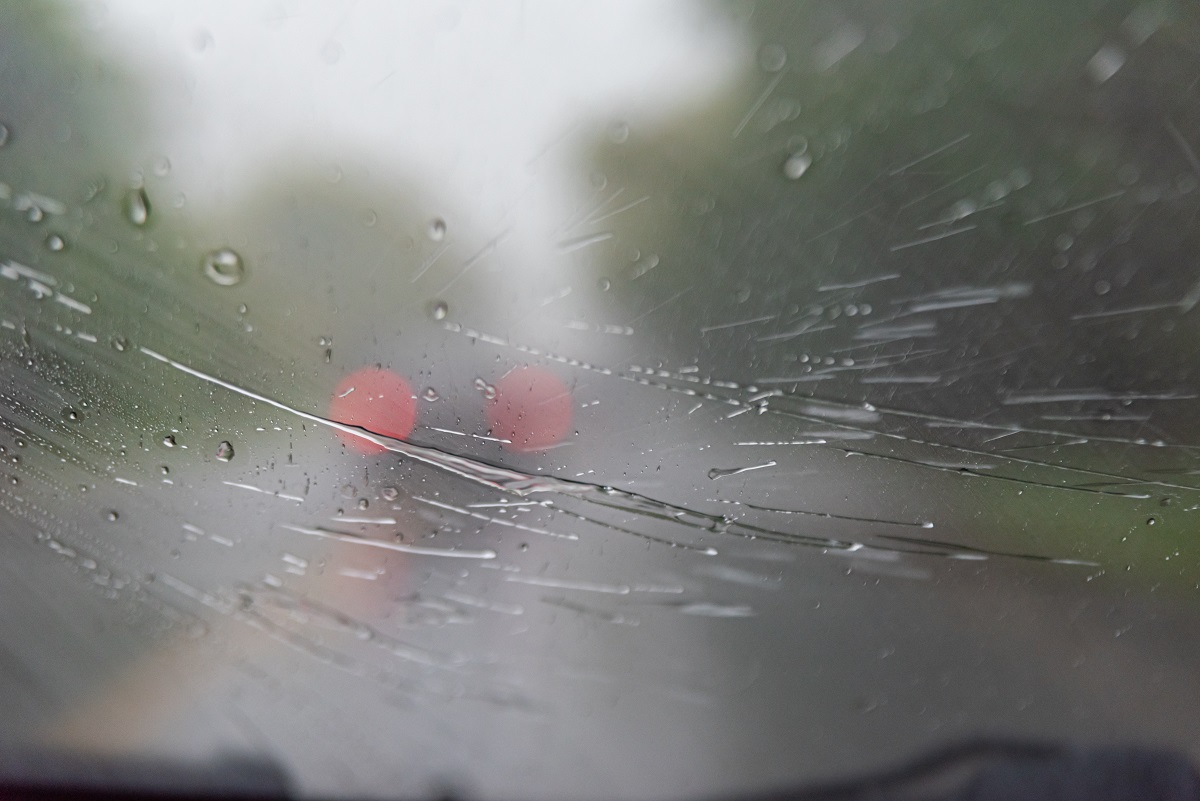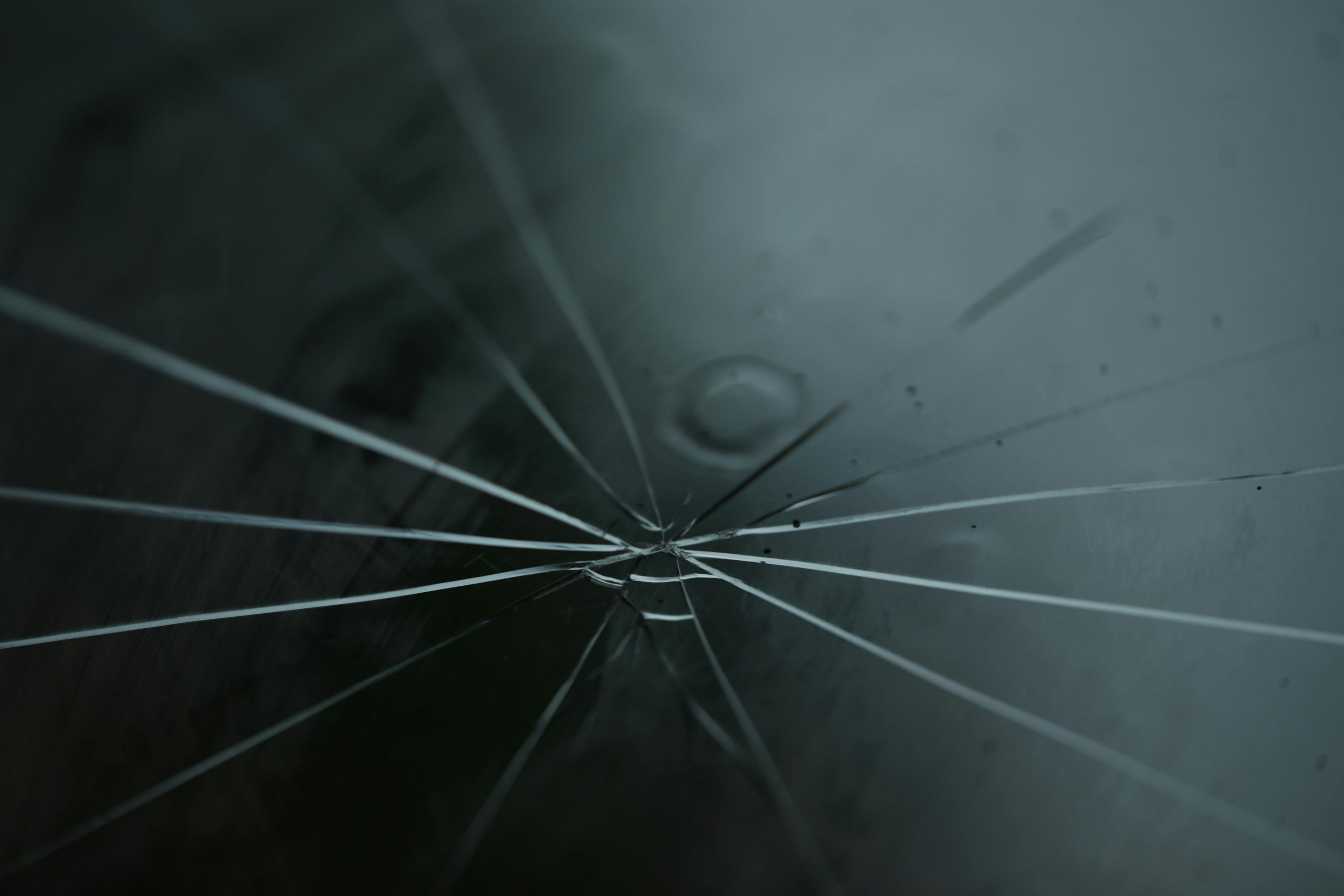A cracked windshield isn’t just an eyesore—it’s a serious safety concern. Even a small chip or crack can expand over time, compromising your vehicle’s structural integrity. The good news? Fixing a cracked windshield and preventing further damage is entirely possible if you act quickly and follow the right steps. In this guide, we’ll walk you through everything you need to know to repair your windshield and make it last.
Why You Should Fix a Cracked Windshield Quickly
Many drivers put off repairing a cracked windshield, thinking it’s a minor inconvenience. However, even small damage can quickly turn into a serious problem if ignored. The earlier you address it, the easier and more effective the repair will be. Here’s why prompt action matters:
Safety Hazard
Your windshield is more than a window—it’s an integral part of your vehicle’s structural integrity. In the event of a rollover accident, a strong windshield helps support the roof and prevent collapse. A crack weakens this support, putting passengers at greater risk. Even a tiny chip can compromise the windshield’s strength if it spreads.
Impaired Visibility
Cracks, chips, and stress lines can distort your view of the road, particularly in direct sunlight or at night when lights reflect off the glass. This distortion makes it harder to judge distances, spot obstacles, and respond quickly while driving. Over time, a small crack can turn into a spiderweb-like pattern that completely blocks part of your line of sight.
Cost Implications
The cost of repairing a small chip or crack is minimal compared to replacing an entire windshield. Ignoring minor damage can allow it to expand, which often leads to full replacement—an expense that can easily run hundreds of dollars. Quick repairs save money and protect your car’s value.
Spread of Damage
Factors like temperature changes, road vibrations, and even small bumps can worsen cracks. Cold mornings or hot afternoons can cause glass to expand and contract, making cracks grow longer or wider. Even driving on rough roads can add stress and worsen the damage.
Acting immediately not only protects your safety but also ensures your repair is easier, less expensive, and more likely to last.
What Causes Windshield Cracks?

Understanding why your windshield cracked helps you prevent future damage. Cracks don’t appear out of nowhere—they usually result from one or more of the following factors:
Road Debris
Rocks, gravel, and other debris thrown up by passing vehicles are the most common causes of chips and cracks. Even small stones can leave a mark at high speeds. Over time, these minor damages can develop into larger cracks if left untreated.
Temperature Changes
Glass expands when hot and contracts when cold. Rapid shifts in temperature—like pouring hot water on an icy windshield or blasting cold air on a hot day—can cause stress cracks to form or worsen existing damage.
Accidents and Pressure Impacts
Minor fender-benders, collisions, or even slamming car doors can create cracks. Windshield glass is designed to absorb some impact, but repeated pressure or sharp forces can leave lasting damage.
Poor Installation
A windshield installed incorrectly may have uneven tension or weak spots, making it more susceptible to cracking. If you notice frequent damage despite careful driving, installation could be a factor.
Knowing the cause of your windshield damage helps you determine the right repair method and prevents similar issues in the future.
Can a Windshield Crack Be Repaired, or Does It Need Replacing?
Not every crack can be repaired. Understanding when a repair is appropriate versus when a replacement is necessary is crucial for safety and durability. Consider these questions:
- Is the crack longer than 12 inches? Large cracks are difficult to repair effectively and may continue spreading even after resin is applied.
- Is the crack in the driver’s line of sight? Any damage directly in your field of vision can impair driving safety and usually warrants professional replacement rather than a repair.
- Are there multiple cracks or chips? Windshields with several points of damage often require replacement. Repairing one crack may not prevent others from spreading.
If you answered “yes” to any of these, professional replacement is typically the safest choice. For smaller chips or cracks outside the driver’s main view, a DIY repair or a professional repair kit is usually sufficient.
How to Fix a Cracked Windshield Yourself
Video Source
Fixing a cracked windshield doesn’t always require a trip to the auto shop. With the right materials and steps, you can make a lasting repair at home.
Step 1: Gather Your Materials
You’ll need:
- A windshield repair kit (available at most auto stores)
- Clean, dry microfiber cloths
- Glass cleaner
- Razor blade or utility knife (for chip repairs)
- Masking tape
Step 2: Clean the Damaged Area
- Wash the area around the crack thoroughly with glass cleaner.
- Remove any dirt, dust, or loose glass shards using a soft cloth.
- Dry completely to prevent moisture from interfering with the repair resin.
A clean surface ensures the resin bonds correctly and avoids trapped debris, which could cause imperfections.
Step 3: Apply the Repair Resin
- Most kits include a syringe or applicator. Follow instructions carefully.
- Inject the resin into the crack, ensuring it fills the entire damaged area.
- Take your time to avoid air bubbles, which can weaken the repair.
Step 4: Cure the Resin
- Allow the resin to cure fully, often under sunlight or a UV lamp, depending on your kit.
- Avoid touching, wiping, or driving with the windshield until the resin is fully hardened.
Step 5: Remove Excess Resin
- Use a razor blade to scrape off any extra resin.
- Polish the surface with a microfiber cloth to restore clarity and smoothness.
With careful attention to each step, your DIY repair can be strong and long-lasting.
How to Make Your Windshield Repair Last Longer
A windshield repair is only as effective as the care you provide afterward. Even the best repair can fail prematurely if the glass is stressed or exposed to damaging conditions. Follow these tips to ensure your repair lasts as long as possible:
1. Avoid Temperature Extremes
Glass is sensitive to rapid changes in temperature, and the resin used in repairs can be affected as well. Never pour hot water on an icy windshield to defrost it, as the sudden heat can cause stress cracks or weaken the resin bond. Similarly, avoid pointing high-powered air conditioning vents directly at the repaired area on hot days. If possible, let your car gradually warm up or cool down to prevent sudden temperature shocks.
2. Drive Carefully, Especially Early On
Even after a repair, your windshield is still vulnerable. Potholes, speed bumps, and uneven roads create vibrations and pressure that can compromise the repair. In the first few days after the fix, try to drive more gently, avoiding rough roads or sudden stops when possible. Slower, smoother driving gives the resin time to fully settle and bond with the glass.
3. Clean Gently and Regularly
Maintaining a clean windshield helps prevent small debris from scratching or stressing the repair. Use a mild glass cleaner and a soft microfiber cloth when cleaning. Avoid abrasive materials, scrubbing brushes, or harsh chemicals, which can damage the resin or create micro-fractures that lead to cracks spreading.
4. Inspect Frequently
Regularly checking the repaired area is essential. Even minor cracks or chips near the repair site can compromise the bond and cause the damage to grow. Inspect your windshield weekly for signs of stress lines, small cracks, or cloudiness in the resin. Catching issues early allows you to apply touch-up repairs before they worsen.
5. Avoid Added Pressure or Stress
Be mindful of anything that could stress your windshield. Avoid leaning on the glass, placing heavy objects on the dashboard near the windshield, or slamming car doors forcefully. Even seemingly minor pressure can weaken the repair over time.
Should You Use a Professional Repair Service?
DIY kits work well for small cracks, but professional repair services offer several advantages:
- Higher-quality resin: Professional-grade resin bonds better with glass, ensuring stronger repairs.
- Precision application: Experts have tools and techniques to fill cracks thoroughly without bubbles or gaps.
- Longer-lasting results: Particularly for chips in critical areas, a professional repair can extend the life of your windshield more than a home kit.
If your crack is large, spreading quickly, or directly in your line of sight, professional repair is usually the safer and more reliable option.
Can Insurance Cover Windshield Repairs?
Many auto insurance policies cover windshield repairs, often with little or no deductible. Here’s what to check:
- Comprehensive coverage: Typically includes glass damage.
- Deductible amount: Some insurers waive the deductible for small repairs.
- Preferred repair shops: Insurers may have approved service centers to ensure quality work.
Filing a claim quickly can save money and provide access to professional-grade repairs, protecting your investment and safety.
Common Mistakes to Avoid
Avoiding these pitfalls ensures your windshield repair lasts as long as possible:
- Ignoring small cracks: Minor chips can quickly spread into large cracks.
- Using cheap resin: Low-quality products may not bond properly, leading to weaker repairs.
- DIY on large cracks: Attempting a major repair yourself can worsen damage.
- Applying heat too soon: Resin needs proper curing time; heat or sunlight applied prematurely can ruin it.
Being mindful of these common mistakes helps protect your windshield and makes your repair more durable.
How Long Will a Windshield Repair Last?
With proper repair and care, most fixes last several years. Factors affecting longevity include:
- Crack size and location: Smaller cracks in non-critical areas last longer.
- Quality of resin and tools: Professional-grade products outperform cheaper kits.
- Environmental stress: Extreme weather, road vibrations, and accidents can shorten repair life.
Regular maintenance, careful driving, and avoiding stress on the windshield ensure long-term durability.
When to Replace Your Windshield Instead
Even the best repair has limits. Consider replacement if:
- Cracks are over 12 inches long.
- Damage is in the driver’s line of sight.
- Multiple cracks or chips exist.
- There is structural compromise to the frame.
Replacement provides full strength, clear visibility, and long-term safety for your vehicle.
Tips to Prevent Future Windshield Damage
Prevention is always better than repair. Reduce your risk of future cracks by:
- Keeping a safe distance from other vehicles, especially trucks carrying loose debris.
- Parking in shaded or covered areas to reduce temperature fluctuations.
- Avoiding slamming doors near the windshield.
- Inspecting regularly for small chips and repairing immediately.
Small habits like these can save you from costly replacements and keep your windshield in great condition for years.
Final Thoughts
Fixing a cracked windshield doesn’t have to be stressful or expensive. With the right approach—whether DIY or professional—you can restore your windshield, maintain safety, and extend its lifespan. Remember to act quickly, use quality materials, and adopt careful driving habits. A little attention now will save you time, money, and frustration in the future.

